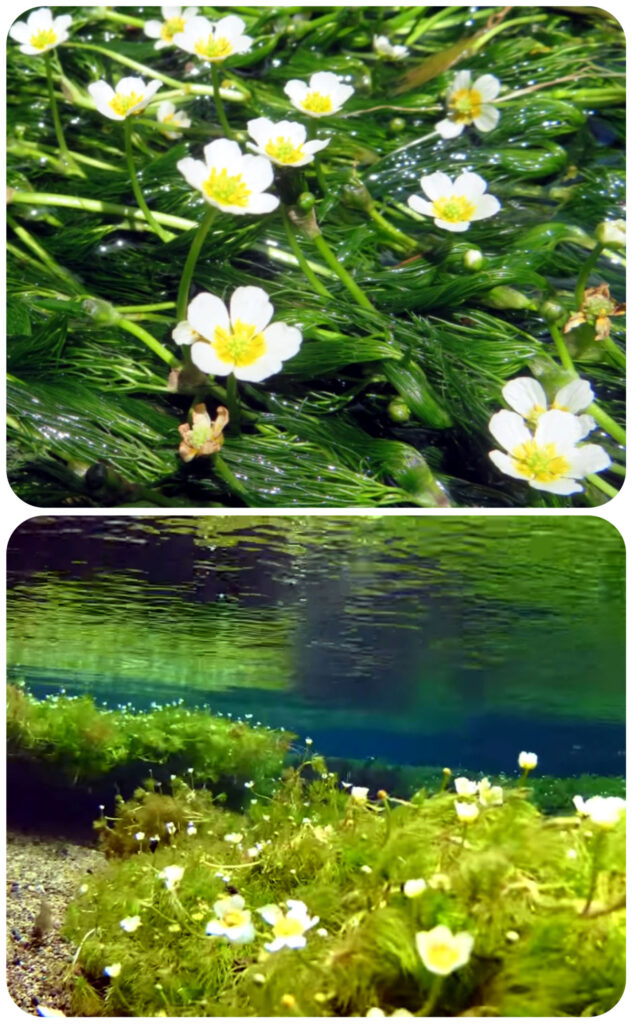
Samegai-juku, the 61st post town on the Nakasendo, is an old and new popular spot, known for its picturesque streetscape, the murmuring of the Jizo River, and the delicate flowers of the plum blossoms in the water. The Nakasendo is one of the five main routes established during the Edo period, connecting Nihonbashi in Edo (Tokyo) and Sanjo Ohashi in Kyoto through an inland route. Compared to the Tokaido, which runs along the Pacific coast, the Nakasendo is about 40 kilometers longer and passes through relatively steep mountainous terrain. However, the accommodations were cheaper, and the regulations by the Edo shogunate were more relaxed, resulting in traffic comparable to that on the Tokaido.
Samegai, where Samegai-juku was located, has long been a key transportation hub, and it is also mentioned in the Kojiki that this place, called “Isamei no Shimizu” (the healing spring), is where Yamato Takeru (Prince Ousu) healed his wounds after being defeated by the god of Mount Ibuki. The temperature of the clear stream water remains around 14 degrees Celsius throughout the year. The Baikamo flower blossoms, which grow along the bottom of the stream and crawl along with the flow, can reach lengths of about 50 centimeters and bloom white flowers resembling plum blossoms, about 1 to 1.5 centimeters in size, from early summer to late summer. The sight of these underwater flowers, the Baikamo flower, in Samegai-juku, near the end of a roughly two-week journey, must have left a particularly strong impression on travelers.
中山道61番目の宿場町である醒井宿(さめがいのしゅく)の風情ある街並みと地蔵川のせせらぎ、そして可憐な梅花藻もある醒井は古くて新しい人気のスポットです。中山道は江戸時代に整備された五街道の1つで、江戸の日本橋と京都の三条大橋を結ぶ内陸経由で結ぶ街道です。太平洋沿岸経由の東海道に比べて、距離は40 kmほど長く、比較的険しい山道が多かったわけですが、宿賃も安く、江戸幕府の取り締まりも緩やかだったので、東海道に負けないくらい往来は激しかった様です。
醒井宿のあった醒井は古代からの交通の要衝であり、伊吹山の神に敗れたヤマトタケル(倭建命・日本武尊)が傷を癒したのもこの地「居寤の清泉」(いさめいのしみづ)であると『古事記』にも記されています。水温は年間を通じて約14度前後の清流の水底に群生し、流れに沿って這うように育つ梅花藻は長さは約50センチほどで、初夏から晩夏にかけて、大きさ1〜1.5cmの梅花のような白い花を咲かせます。およそ2週間くらいの長旅を経て、京都三条大橋も間近な醒井宿で見る水中花、梅花藻は旅人にとってことさらに印象深かったに違いありません。
